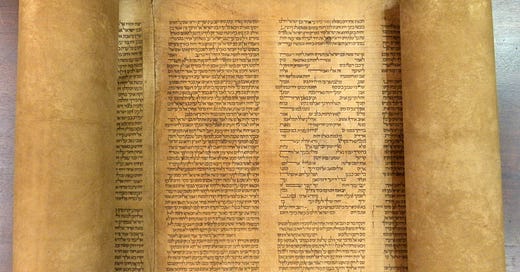The "triennial cycle" was the practice of Jews in Eretz Yisrael, which works by dividing the Torah into weekly sections, roughly a third of the length of a Babylonian weekly parsha, which, if you follow it week by week, means you end up finishing in something like three and a half years. The revived triennial cycle is now on its second run ב''ה with Jews around the world learning according to its schedule.
Vayikra Sidrah 11 - ויקרא סדרה יא
Vayikra 15 - ויקרא טו
Haftara: Hoshea 5:15-6:11 - הושע ה:טו-ו:יא





I knew about the Trillenial Cycle previously from an interaction between someone who tends to follow the Machon Shilo approach and someone else on another site, OpenSiddur, where the guy who tends to follow the Machon Shilo approach said that the annual cycle was something that the Jews of Bavel did right.
Anyway, I read the FAQs, and while I'm skeptical about this, I am open to the idea. Your case for being able to do away with the ba'al kore and actually have seven capable readers is a good one. At the same time, my question is, could study cycles like the Chok l'Yisrael that rely on the annual cycle be changed to accommodate the Triennial Cycle, or would synagogues that want to preserve that model of education have to retain the annual cycle?
Hello. I found this very interesting! I read the FAQ and have a question. In your opinion, under what circumstances is it permitted to change a minhag like this, a minhag of all of כלל ישראל? What about the minhag of נטילת ערבה, or of saying Hallel on Rosh Chodesh, or saying Pesukei Dezimra, or davening Maariv? What about Taanis Esther? What about בנות ישראל החמירו על עצמן שאפילו רואות טפת דם כחרדל יושבות עליה שבעה נקיים? Is there anything that distinguishes these from changing the minhag of Krias Hatorah?